
Spanish Teachers:
Cut Your Prep Time and Deliver Engaging Lessons
This FREE bundle allows you to implement 20+ Spanish plans & activities immediately.
Enter your info to get access now 👇
Spanish Teachers: Cut Your Prep Time and Deliver Engaging Lessons
This FREE bundle allows you to implement 20+ Spanish plans & activities immediately.
Enter your info to get access now 👇
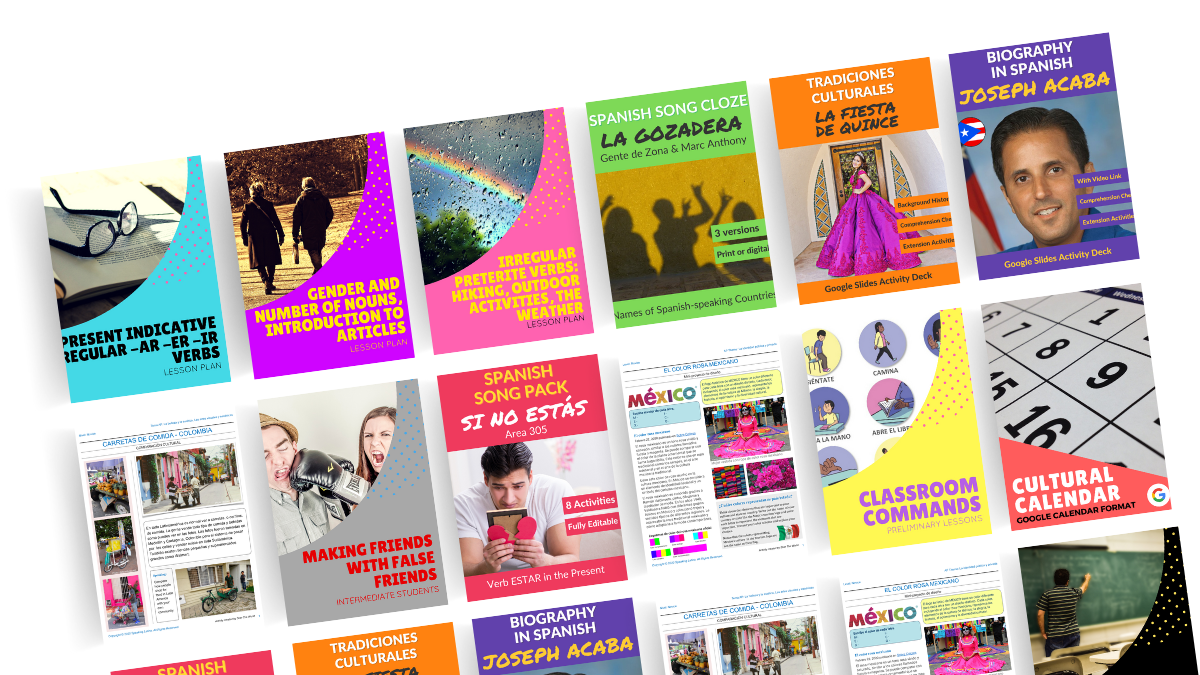
Check Out the Spectacular Freebies Coming Your Way!

Lesson Plan
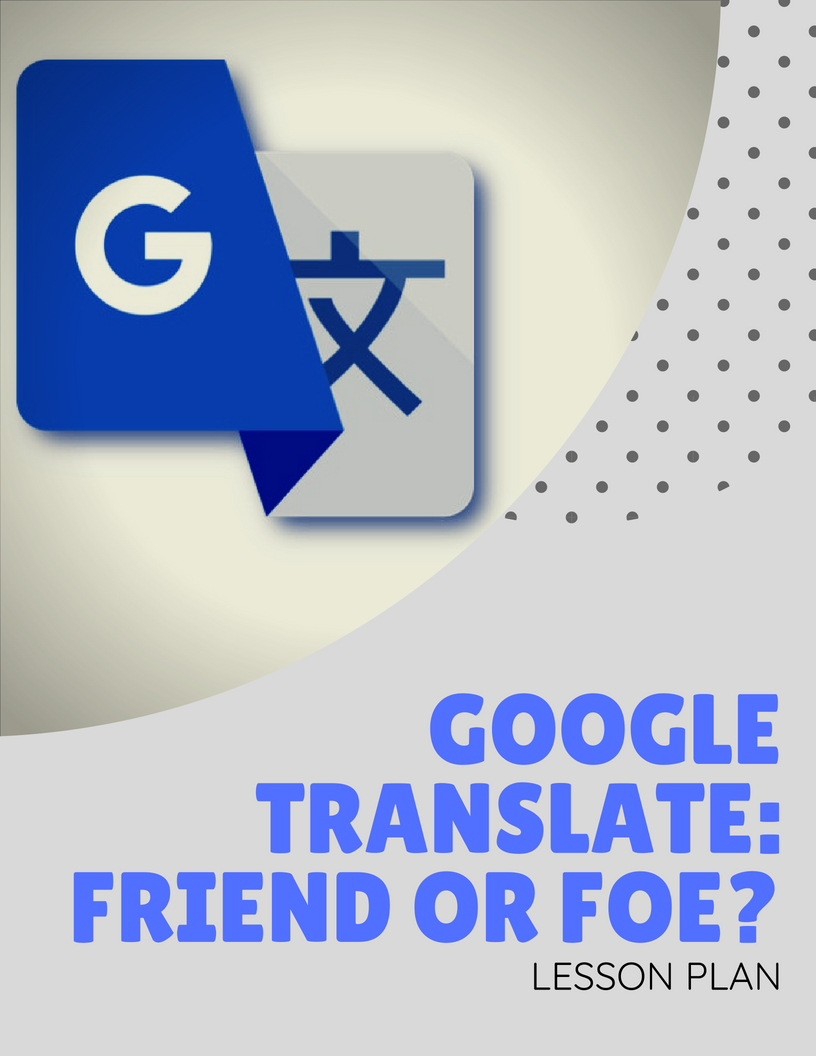
Lesson Plan
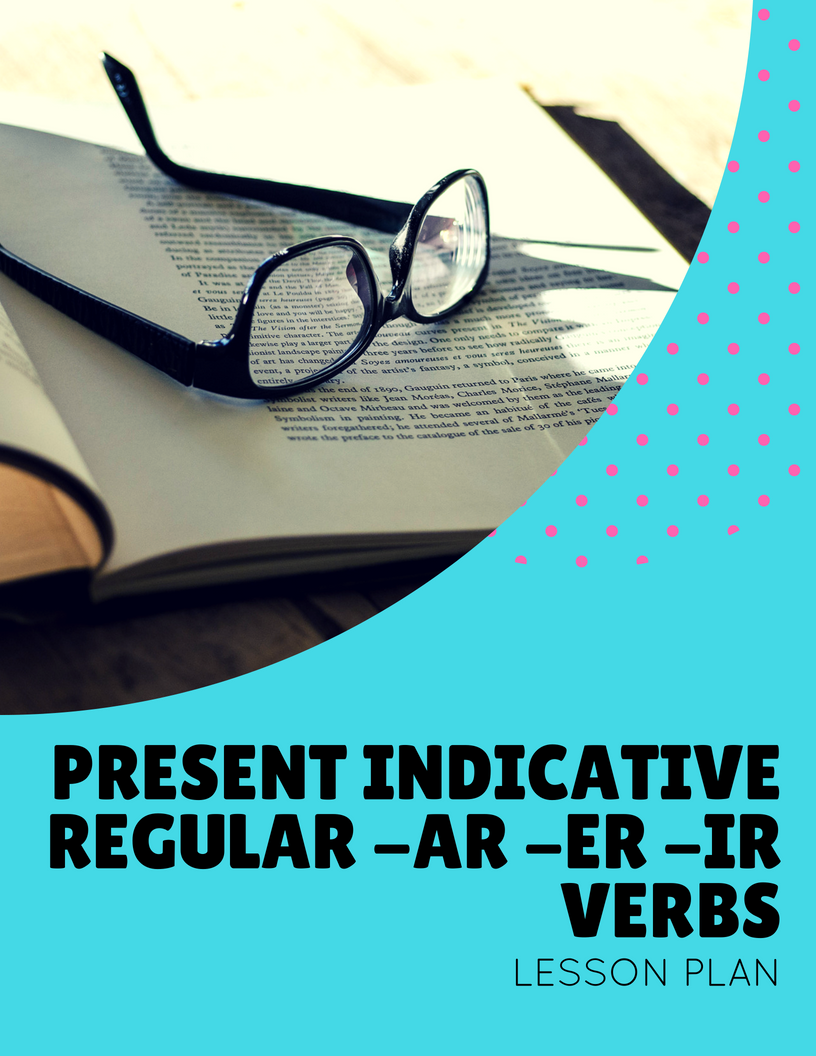
Lesson Plan
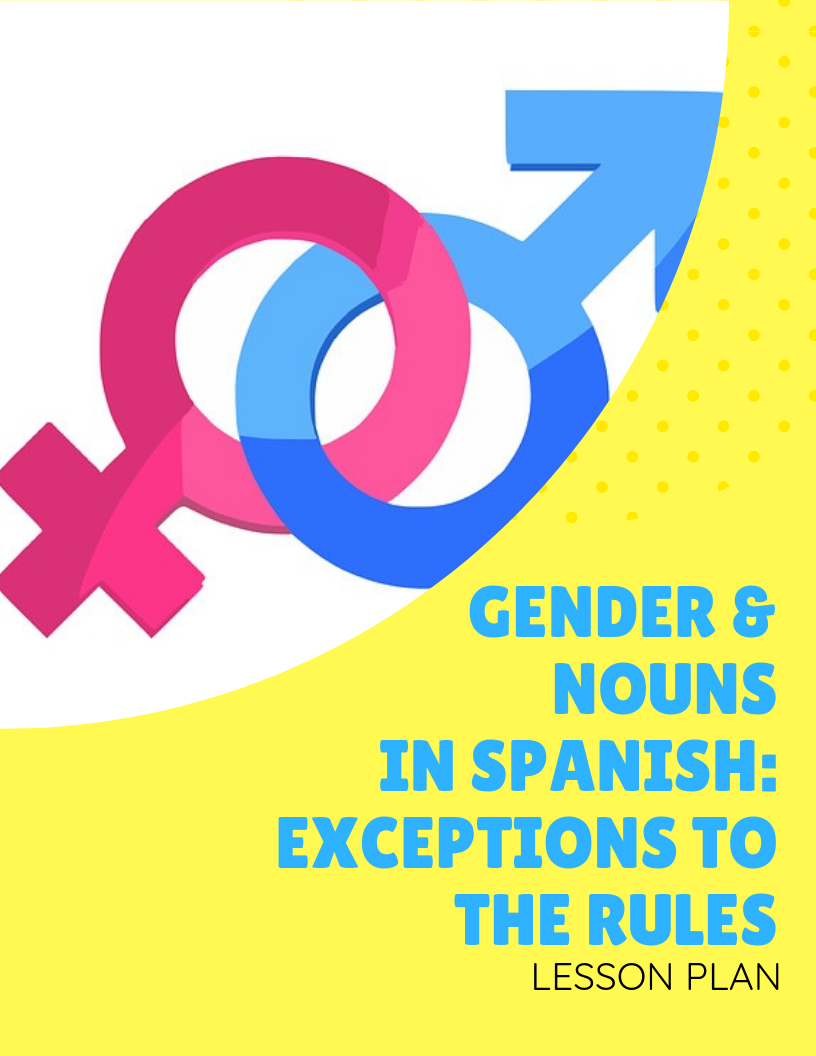
Lesson Plan
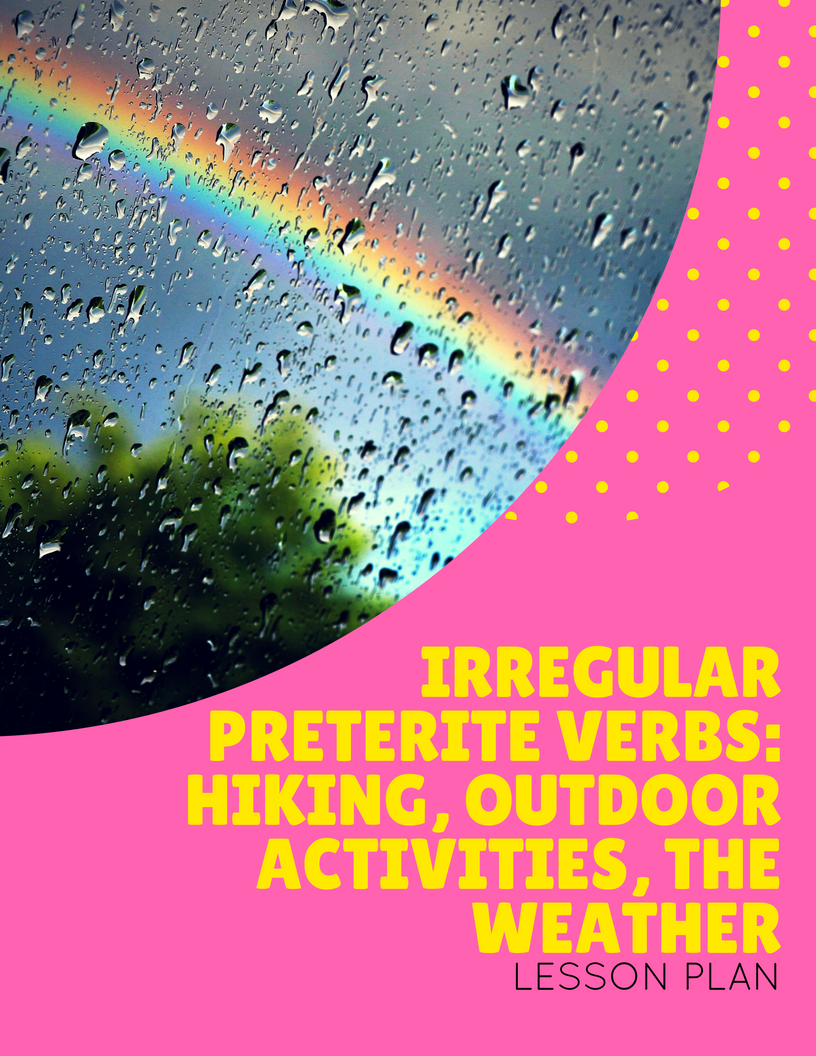
Lesson Plan

Emergency Sub-Plan
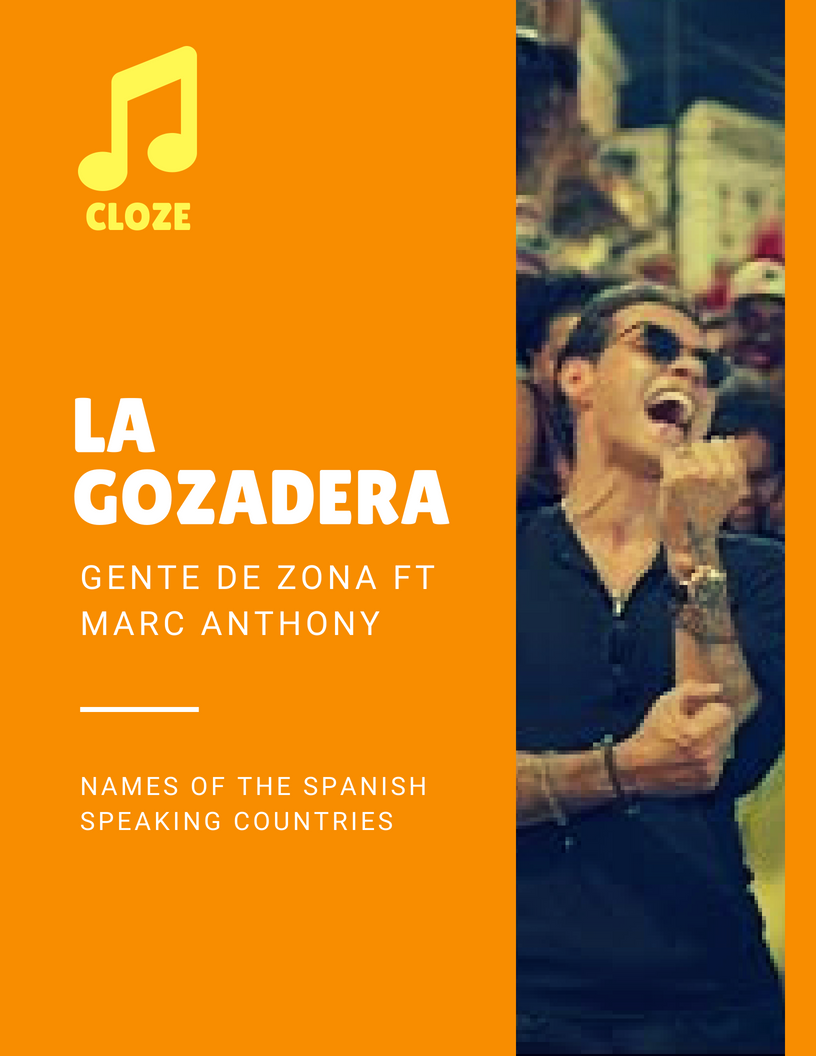
Cloze Activity
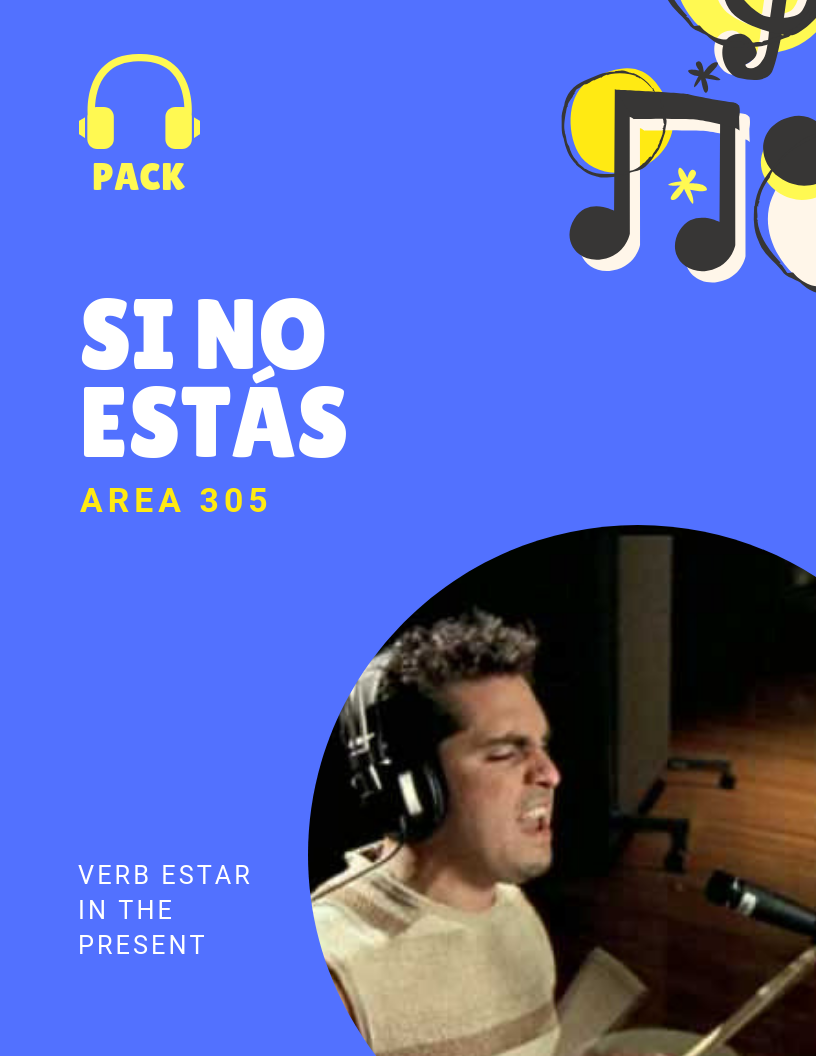
Spanish Song Activity Pack
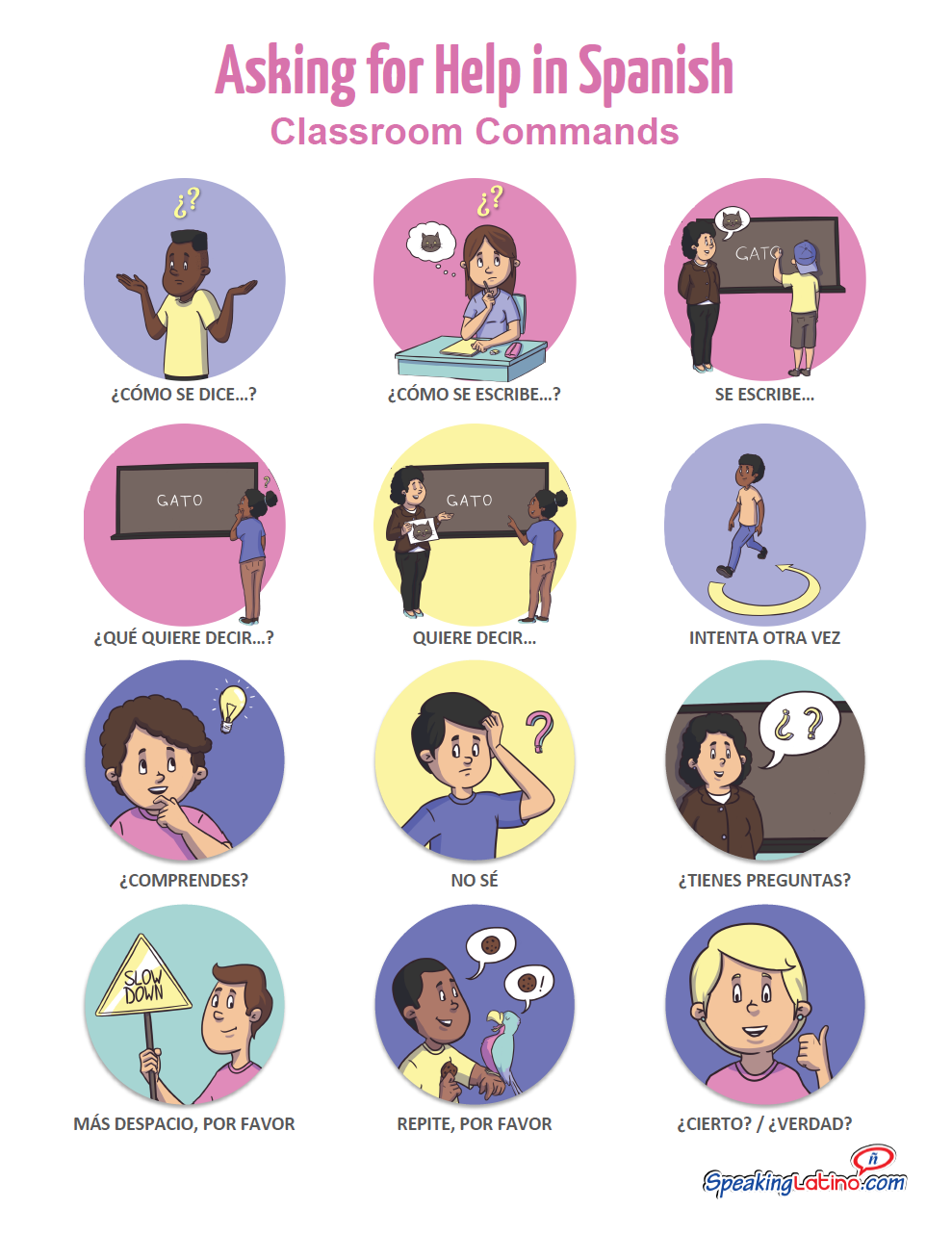
Classroom Commands Printables
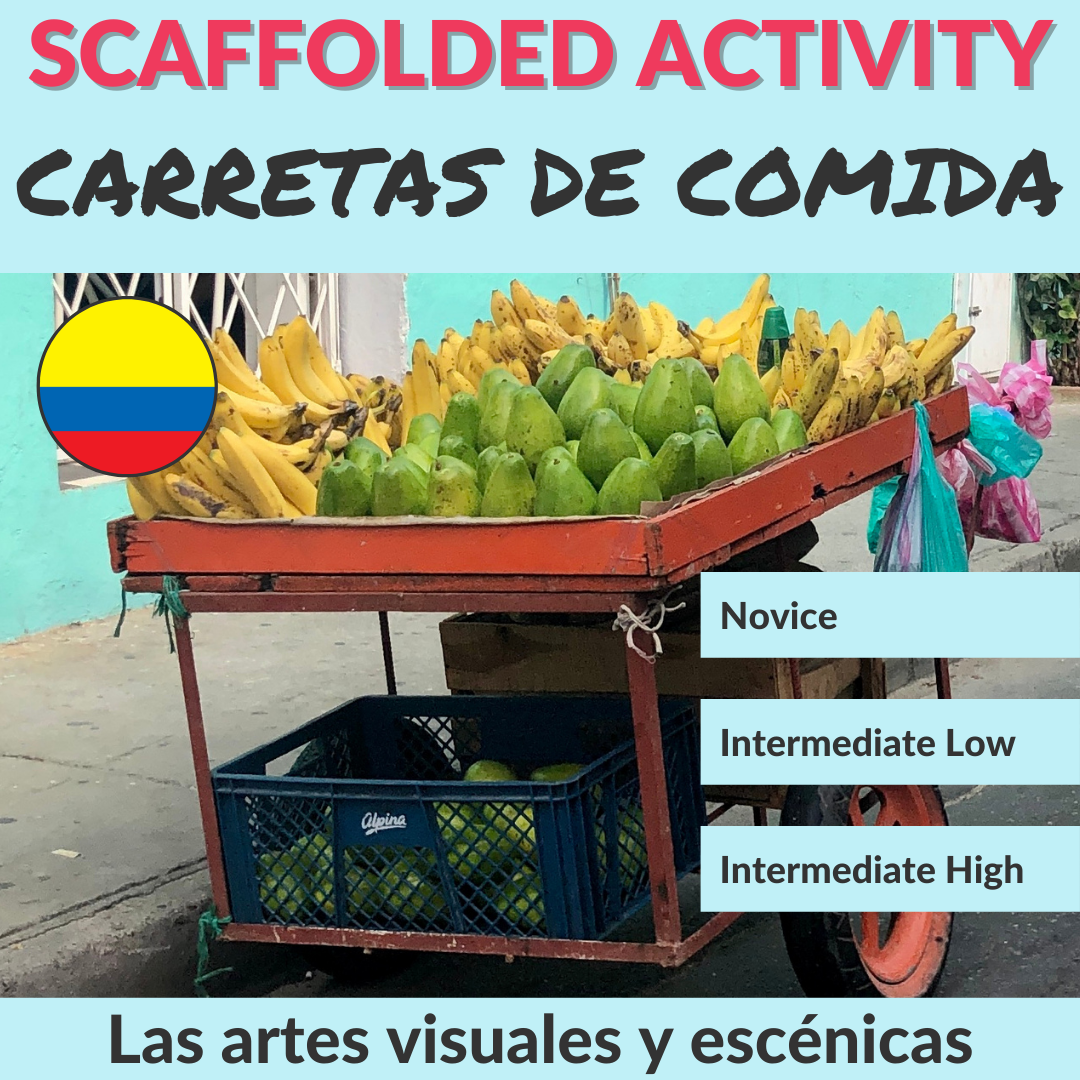
Scaffolded Cultural Activity
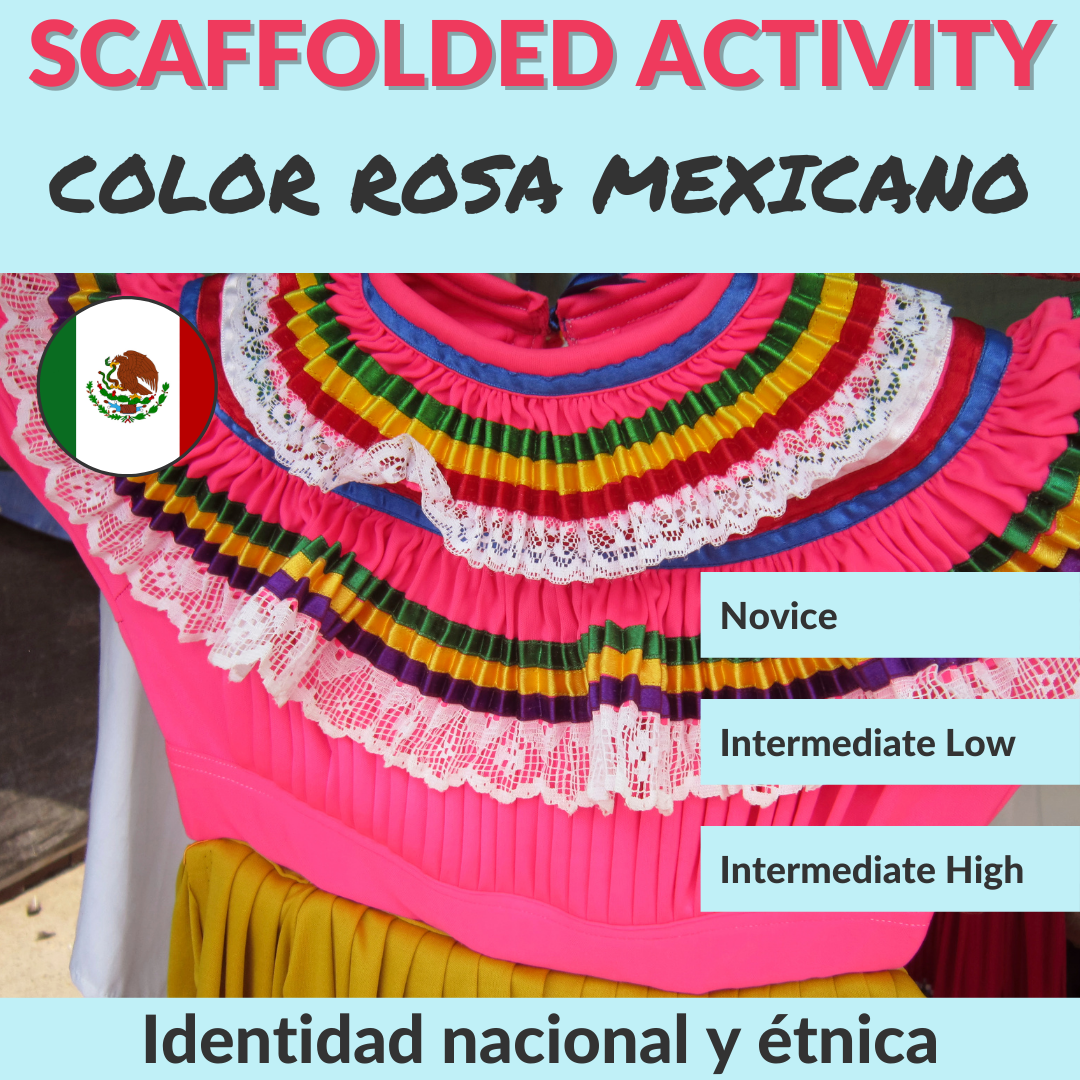
Scaffolded Cultural Activity
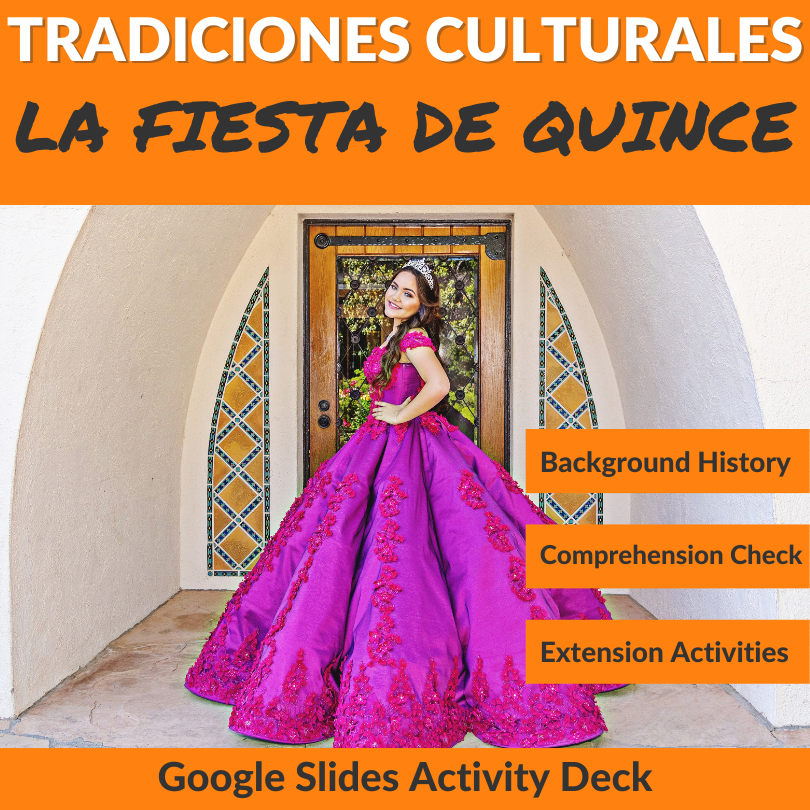
Cultural Presentation & Activities
Plus, Many More!
Cut Your Prep & Planning This Week:
STEP 1
Fill out the form above to let us know where to send you the bundle.
STEP 2
Receive the link via email.
Check your inbox, promotions, or spam folders!
STEP 3
Start downloading your freebies and get a planning break this week!
We Constantly Add New Surprise Freebies Throughout the School Year
Teach real-world Spanish in an engaging way.
No-prep Spanish sub plans everybody can do!
These are especially useful if you teach heritage students or have mixed classes at multiple levels.
Present cultural aspects in a fun way.
Introduce your students to notable Latinos.
Of course, we have Despacito!
We constantly add new freebies.
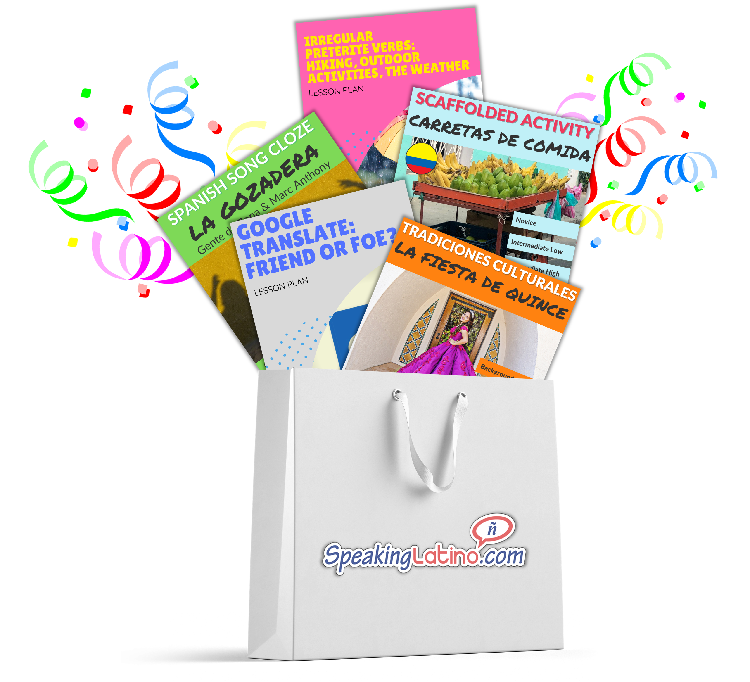
If you want to spend less time planning and more time teaching (and enjoying life!), this free bundle is for you.
Students will be more engaged, and you’ll always be ready to deliver memorable lessons!
Meet Your Teacher Friends
Jared, originally from the US, embarked on his journey to fluency in Spanish as an adult. After residing in Latin America, he settled in Puerto Rico where he met his wife, Diana. Together, they authored 12 books showcasing the unique variations of Spanish across different countries (¡nos encanta!).
Their stories depicting real-world Spanish experiences have garnered widespread interest among Spanish teachers seeking classroom resources. This initiative has flourished, culminating in the creation of the Spanish Teachers Community and the World Language Teacher Summit, the largest free online conference for language educators.

Jared and Diana
Now we get comments like:
Fun, my students enjoyed the activities. It reinforced vocal and oral comprehension. Thank you! -Graciela
I just wanted to say thank you for the well-designed Spanish lessons…! As a first-year teacher I really appreciate that. -Julia
Sometimes you have a great idea but ask “Oh my goodness, how am I going to find authentic material, for me to do something with my students, that helps me prepare them from the beginning for AP” and suddenly “Boom!” I find Speaking Latino. -Nilda
Lesson Plans and Activities for Teaching Spanish
The Benefits of Thoughtful Spanish Lesson Plans: Structure, Efficiency, and Engagement
There are many, many reasons why having a prepared Spanish lesson plan is of utmost importance. Here are some of them:
- Spanish lesson plans give you a sense of purpose for each class. Lesson plans provide you with a direction each of your lessons should go in. They tell you what you should be able to cover during class and are a great indicator of whether you’re on the right track to completing all the material you wish to cover during the course.
- They can be used as a time management tool. No matter if you’re a teacher or a student, it’s easy to get distracted, especially during speaking activities in a Spanish class - a lesson plan allows you to allocate a specific time period for each exercise so that you can manage to lecture the information you planned without having to rush through it.
- Spanish lesson plans can be a great starting point. If you’re preparing your own lesson plans, you might find that there is some information that you are unsure about - this gives you an opportunity to research the topic, mending the knowledge gaps and improving your understanding, which will reflect on your ability to convey the information in a simple and logical way.
- They can be used to create a more interactive learning environment. It’s no secret that people absorb information in different ways - for some, for example, visual aids are the best learning tool, while for others, it might be audio materials. When creating a lesson plan, you can take those things into account and adapt it accordingly to your students' needs - diversifying the material also makes the class more interesting in general.
Why Are Additional Activities Essential in Teaching Spanish?
While Spanish textbooks are definitely a helpful resource no matter what level of Spanish you teach, at some point, doing the same thing every class can become repetitive to your students and make them less interested in learning the subject. For this reason, it’s important to find ways to diversify your lessons and make them engaging while still covering the material.
Worksheets, as well as other fun activities for Spanish class, such as singing Spanish songs or creating a PowerPoint presentation to explore areas and topics that interest your students, can help you greatly. Plus, planning to include tech tools and games can be much more motivating and engaging for your students too.
Also, let’s not forget that practice makes perfect, and the number of exercises a textbook provides is limited. Once you finish going through all of them, using additional resources, such as fun worksheets, can help solidify the knowledge your students already gained, as well as teach them how to use the skills they learned in practice.
Not to mention that there might be students in your class who are slightly more advanced than others but still not advanced enough to be placed in a higher-level group. With additional teaching aids, you can differentiate your teaching within your class to help each of them improve at their own pace, or let them gain knowledge of concepts you wouldn’t touch upon with the rest of the class.
How Do Teaching Materials Differ Based on the Level?
Depending on whether you’re teaching beginners or more advanced groups, the materials you provide them with will differ significantly - mainly due to the fact that in the first case, you need to explain everything from scratch and in more detail than you would with a more advanced class that already has at least partial knowledge of the subject.
Here are some examples of topics you will most likely cover with specific groups of students:
Beginners
When it comes to Spanish lesson plans for beginners, some of the most common topics you can cover include the alphabet, basic greetings, days of the week and months of the year, colors, food, etc. You can also teach them how to talk about the weather or their daily routine, as well as the basic tenses they will need to communicate.
Intermediate
With intermediate students, you can cover everything included for beginners, adding some more advanced vocabulary, as well as dive into more complex grammatical structures, past tenses, irregular verbs, conditional sentences, and so on. You can also introduce writing exercises such as writing an email to a friend or a short description of a picture.
Advanced
With advanced groups, you can focus on developing their speaking skills so that they are able to freely express themselves and talk about topics that interest them. You can also teach them how to write longer pieces of writing, such as essays or articles.
How to Teach Spanish to Beginners - Useful Tips
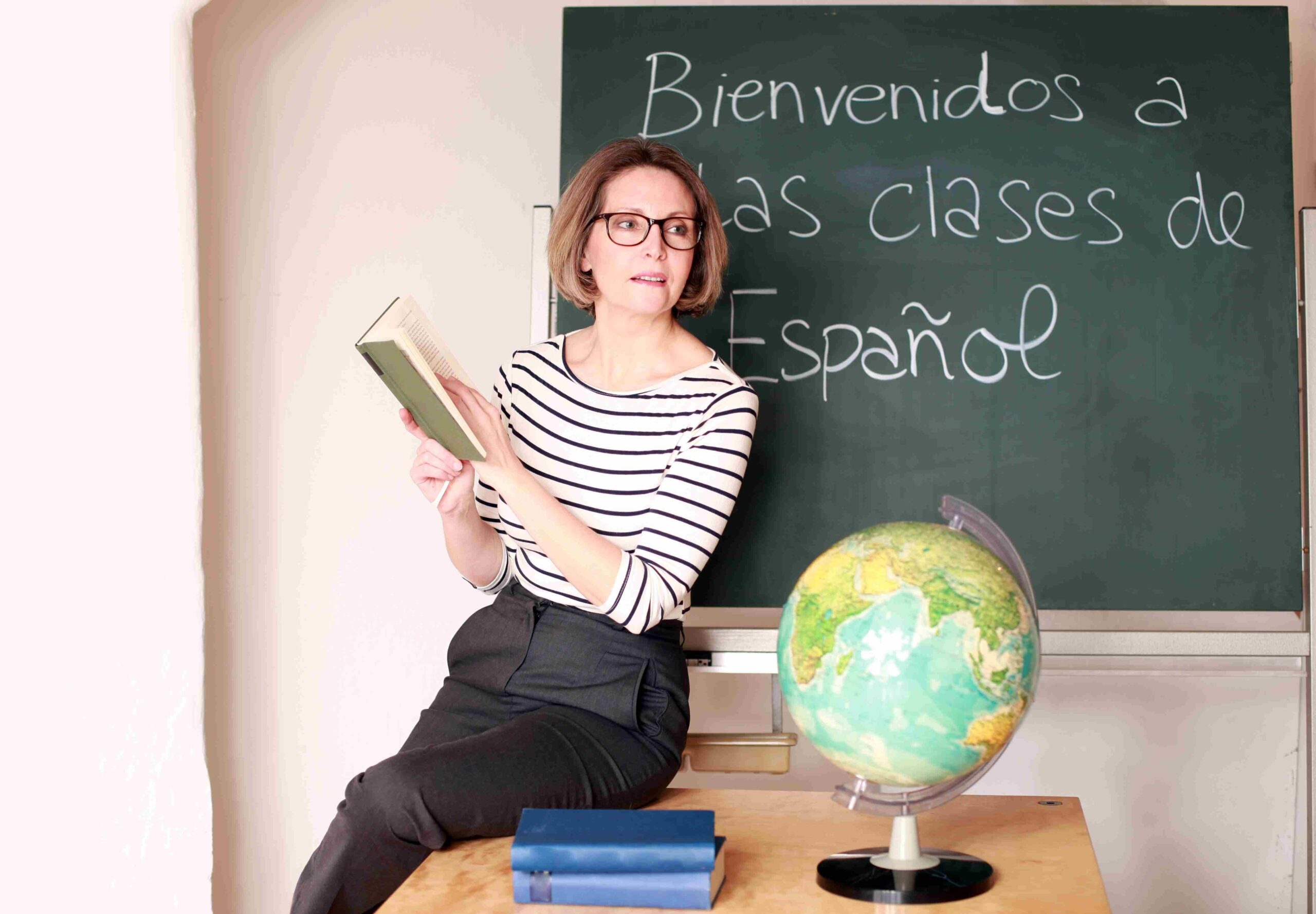
Teaching Spanish to beginners looks slightly different from teaching more advanced groups. For most beginners, it is going to be their first encounter with the language you’re teaching, which is why it’s important that you convey information in a way that will make them interested in gaining even more knowledge on the subject.
Here are some tips that someone teaching beginners might find useful:
Use Appropriate Materials
While Spanish materials for beginner and intermediate groups might focus on the same subject (for example, daily routine), they are structured differently, with the ones focused on beginners addressing more basic concepts.
If you take a look at beginner Spanish lesson plans and compare them with lesson plans for teaching Spanish to those who already have a few years of learning behind them, you will notice the differences, as they’re quite notable despite regarding the same topics.
Teach Them Things They Will Find Useful
This is especially important when it comes to teaching adults, who might have different reasons for learning the language than the students who are still in elementary or middle school.
During your first class, ask them what their goal is - some might want to learn the language to move to a Spanish-speaking country, others for business, while the rest might have completely different reasons. Knowing them can help you come up with lesson ideas that will be beneficial to all participants. (Within our Speaking Latino Spanish Teachers community we even include a beginning-of-the-year student survey to help you discover your students’ interests).
Focus on Frequently Used Words
This will typically include verbs such as estar or ser (to be), tener (to have), querer (to want), gustar (to like), or hacer (to do). For example, hacer can be used to talk about doing something (e.g. Hago la cama - I’m making the bed) but also when talking about the weather (Hace frío - It’s cold).
Make Your Classes Fun
This applies to any level but is especially useful for beginners, as they learn more this way. Utilize all the means available to you, including speaking activities, worksheets, or music. By creating an account on our page, you gain access to not only free Spanish lesson plans for beginners but also several other fun activities you can do with your students and a list of almost 600 Spanish songs for learning the language.
Accuracy Is Important, But Not the Most Important
Many Spanish teachers make the mistake of focusing too much on the sentence being flawless - however, that’s not always going to be the case, and mistakes are normal, especially when it comes to beginners who are just starting their journey with the language.
That’s why it’s more important to focus on your students being able to get their ideas across - mistakes can always be corrected.